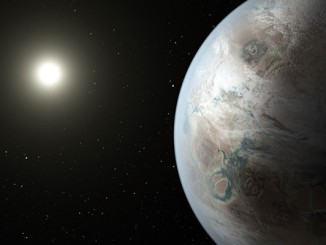
habitable zone



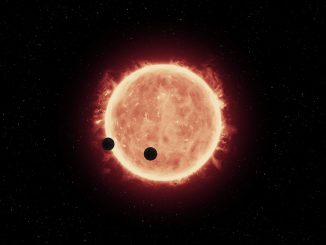
Low-mass star simulations favour water-rich, Earth-sized planets
Astrophysicists at the University of Bern conducting computer simulations of the formation of planets orbiting in the habitable zone of low-mass stars, such as the red dwarf Proxima Centauri, show that these planets are most likely to be roughly the size of the Earth and to contain large amounts of water.
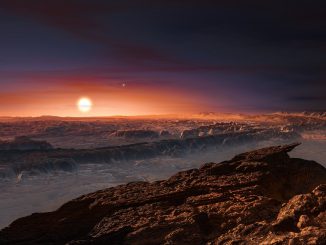
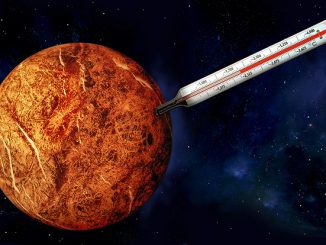
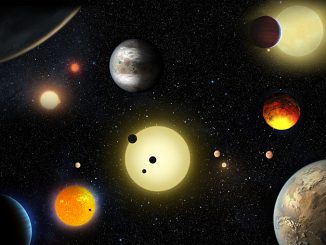
NASA’s Kepler mission announces largest collection of exoplanets ever discovered
NASA’s Kepler mission has verified 1,284 new planets — the single largest finding of planets to date. Of the nearly 5,000 total planet candidates found to date, more than 3,200 now have been verified, and 2,325 of these were discovered by the space telescope. Launched in March 2009, Kepler is the first NASA mission to find potentially habitable Earth-size planets.
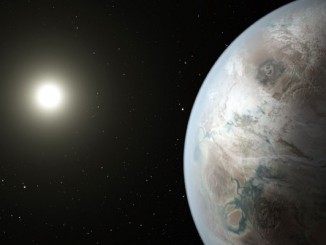
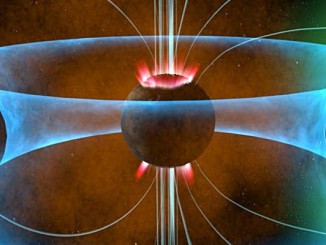
Magnetic fields likely protect Earth-like planets around small stars
Earth-like planets orbiting close to small stars probably have magnetic fields that protect them from stellar radiation and help maintain surface conditions that could be conducive to life, according to research from astronomers at the University of Washington just published in the journal Astrobiology.
